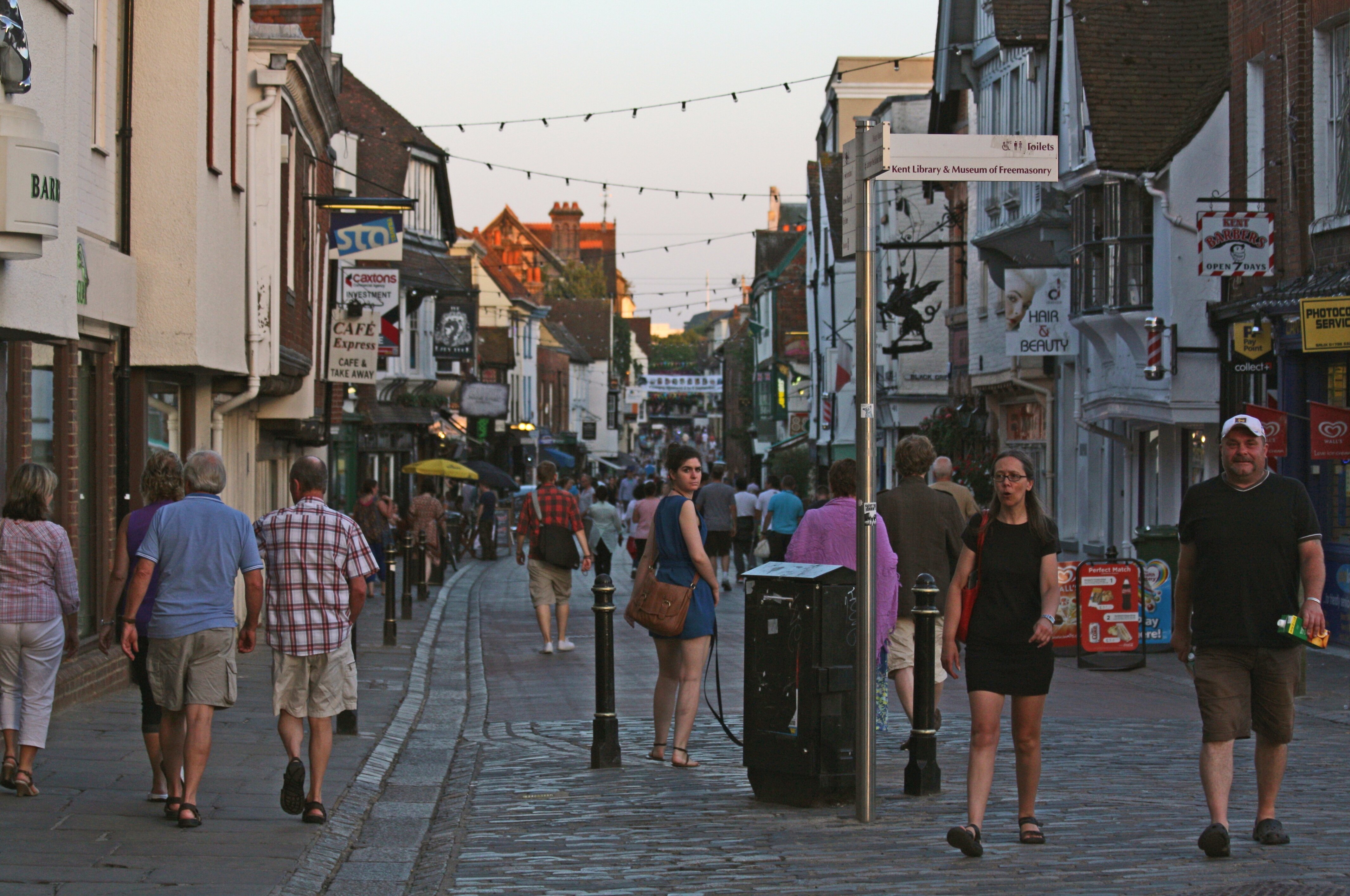
Media and the Woolwich Attack: Why We Should be Wary of ‘Viral’ Terrorism
I really love those adverts of people in spectacular, awe inspiring places, aiming their iPhones at the view trying to capture the moment in digital form. Then the catchphrase comes in at the end, intoning something along the lines of, ‘CAPTURE EVERYTHING ALL THE TIME WHY ARE YOU NOT USING YOUR PHONE RIGHT NOW YOU SHOULD BE FILMING THIS IT’S AWESOME!’
It reminds me a lot of an episode of Black Mirror, White Bear, where people run around filming the main character’s every move, even while she is being attacked by guys in masks toting sawn-off shotguns. It is the premise of many of the series’ episodes: that technology and the media are ruling our lives in ways we can’t control.
It was eerie, then, to find out that the Woolwich attackers asked bystanders to film the incident and take pictures of them. Not only that, but one of the accused, Michael Adebolajo, was reportedly ‘showboating’ when he appeared in court for the first time. It all seems strangely like a performance.
After the Woolwich murder, and with little confirmed detail of what had happened, the incident was spread across social media. The trend was picked up by the mainstream media who further publicised the event. The following day several front pages featured gruesome pictures of the murderers caught on film.
The argument is that this is only to be expected: murder is news-worthy. However, the act of murder is only half of what is required to make something a media sensation. The public are also interested in who was murdered, where, and for what reason.
Many tweeters commented on the lack of coverage, comparatively, of the murder of 75 year old Mohammed Saleem Chaudhry who was stabbed to death on the 30th April in Birmingham. The senselessness and brutality of this murder bares startling similarity to the Woolwich killing, though it differs in a few key aspects which presumably make Woolwich more ‘reportable’.
The first is that the murder was performed in the middle of the day, out in the open, completely shocking in the fact that it is contrary to our expectations. There was also a suggestion of terrorist motives, what with Lee Rigby having served in Afghanistan. Lastly, there were witnesses. People who were simply walking along a street in South East London were scarred for life by an horrific act.
It did not help that they were taking pictures, tweeting and recording the aftermath of the event. All these aspects come together to create what is not only a media, but also a social media sensation. The Woolwich attackers are dangerous in that they have unearthed a new technique for spreading terror; they seem acutely aware of the power of their self-exposition, asking witnesses to record their experience and publish it.
Though it might seem slightly self-defeating to say this, I believe that we should pay these performing terrorists the respect they deserve, and completely ignore their plaintive claims for publication through media, social media or other mediums. They have taken advantage of the ‘viral’ phenomenon to spread a message of terror, perhaps giving the term ‘viral’ a purpose which fits more closely with its original definition: a destructive disease spreading at an uncontrollable rate from person to person.




























Discussions